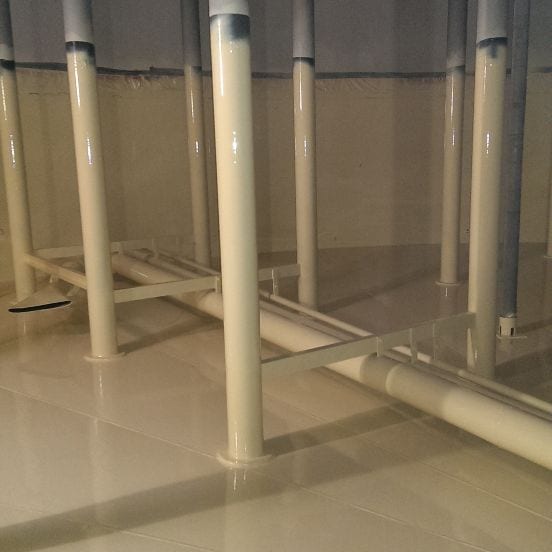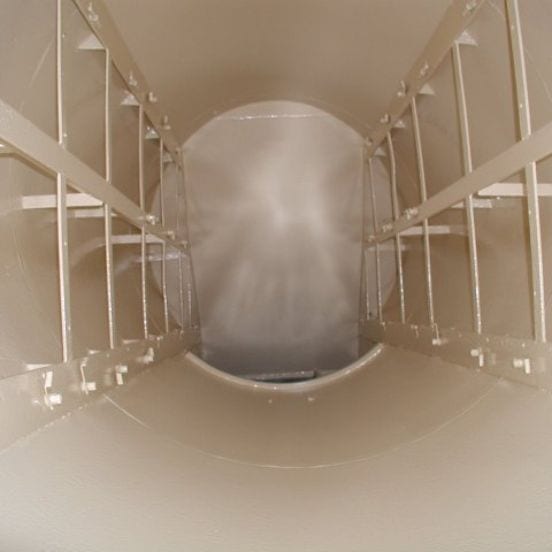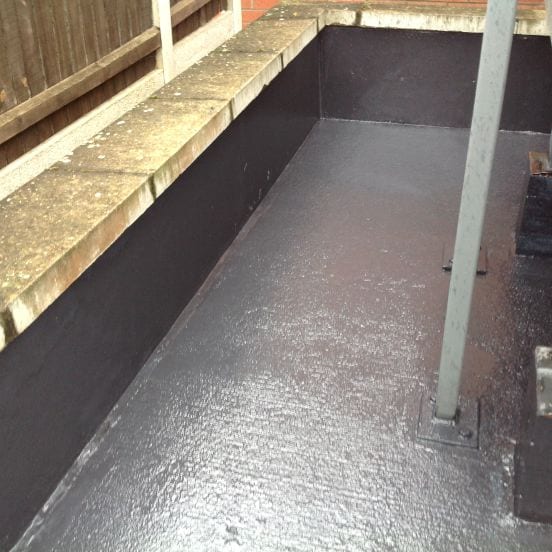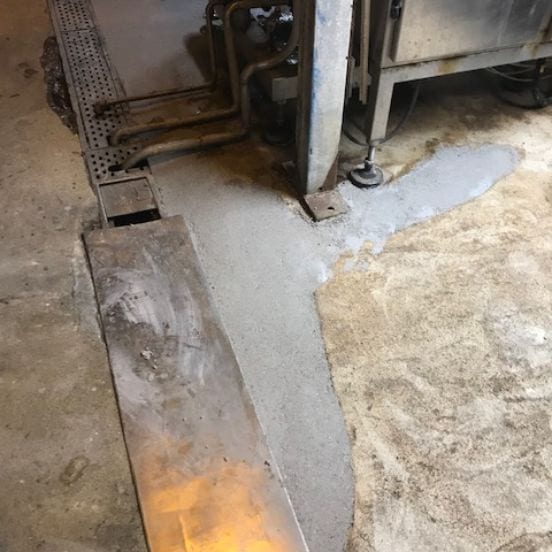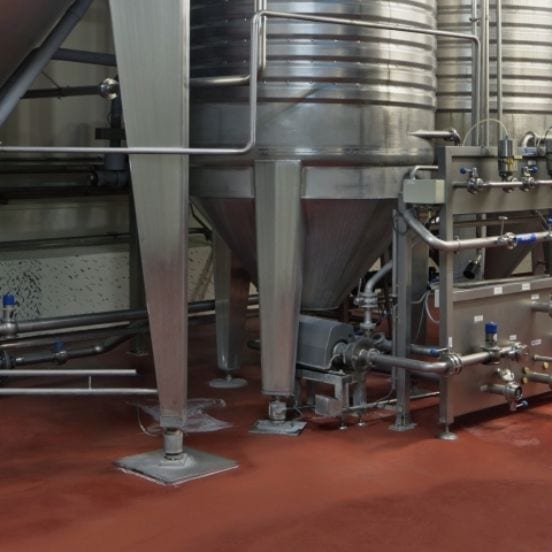Chemical resistant floor repairs can be necessary when the flooring in industrial or commercial settings is damaged by chemical spills or exposure to harsh chemicals over time. The following steps can be taken to repair chemical resistant flooring:
Assess the damage: The first step is to assess the extent of the damage to the floor. This will help determine the best course of action for repairing the flooring.
Clean the damaged area: The damaged area should be cleaned thoroughly to remove any debris, dirt, or other contaminants that may interfere with the repair process.
Prepare the surface: The surface of the flooring should be prepared by removing any loose or damaged material, and by roughening the surface to ensure that the repair material will adhere properly.
Apply the repair material: The repair material should be applied according to the manufacturer’s instructions. This may involve mixing the material with a hardener, spreading it evenly over the damaged area, and allowing it to cure for a specified amount of time.
Apply a protective coating: To further protect the repaired area from future damage, a chemical-resistant coating can be applied. This will help to prevent the floor from being damaged by future chemical spills or exposure.
It’s important to note that different types of chemical-resistant flooring may require different repair methods and materials. It’s best to consult with Maxkote to determine the best course of action for repairing the specific type of chemical-resistant flooring.
Please contact us to discuss your project before purchasing this material to confirm suitability.

Chemical Resistant Floor Repair Products
-
M-CHEM 100 – Chemical Resistant Epoxy Coating
£133.20 – £500.95 Excl VAT Select options This product has multiple variants. The options may be chosen on the product page -
M-CHEM 200 – Chemical Resistant Polyurethane Coating
£88.70 Excl VAT Select options This product has multiple variants. The options may be chosen on the product page -
M-CHEM 300 – Acid Resistant Epoxy Novolac Coating
£234.50 – £798.10 Excl VAT Select options This product has multiple variants. The options may be chosen on the product page -
M-CRETE 200 – Heavy Duty Epoxy Screed
£205.94 – £474.87 Excl VAT Select options This product has multiple variants. The options may be chosen on the product page

